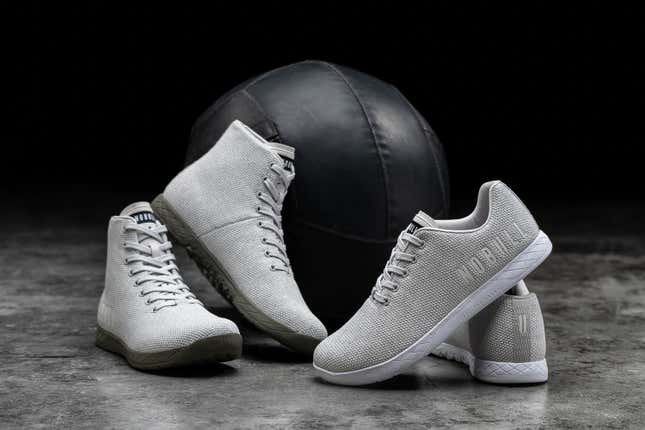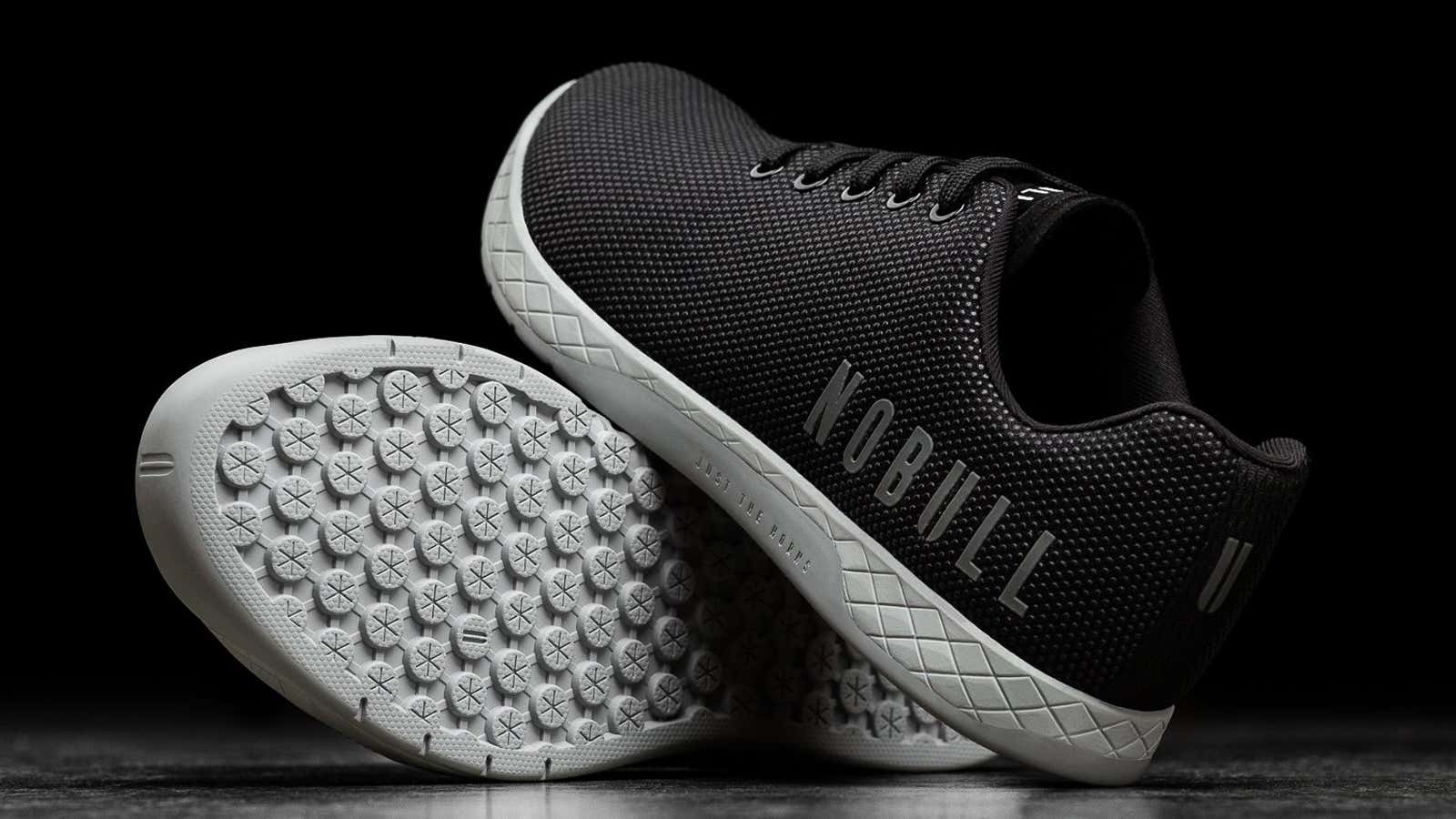Fueled by its notoriously fervent fans, CrossFit has grown quickly since it launched from a single gym in 2001. By 2013, it was adding 1,000 new affiliates (pdf) to its global ranks every three months. The next year, it topped 10,000 affiliates worldwide. That growth is continuing, albeit at a slightly slower pace, as the workout program attracts more acolytes through its focus on high intensity and functional movements.
CrossFit’s growth hasn’t just been good for gym owners. It’s also been good for sports brands. One of them, the sneaker and athletic brand Nobull, is thriving off of its foothold in the CrossFit community.
“There are now, in 2019, as many CrossFit gyms internationally as there are in the US, and that is why there’s so much global awareness for us, because of the explosion of CrossFit,” says Marcus Wilson, cofounder of Nobull.
Awareness is all relative, of course. Nobull has nowhere near the name recognition of the big sneaker makers. But within CrossFit, it has caught on rapidly. Alongside shoes like Nike’s MetCon and Reebok’s CrossFit nano, Nobull’s stripped-down sneakers are a regular sight in CrossFit gyms.
“We didn’t want to sell performance product that had pseudo-technologies embedded in it that was promising to do the work for you,” says Michael Schaeffer, Nobull’s other cofounder. “You take everything off that doesn’t do anything.” Hence the name: Nobull.
In 2015, Wilson and Schaeffer launched the brand with a shoe called the Trainer, which remains its core product. Schaeffer says it’s been so popular because it’s lightweight, breathable, stable but still flexible, and extraordinarily tough. It has a seamless, one-piece upper, made from what Nobull calls its SuperFabric—a flexible mesh covered in raised resin dots. “It’s actually built for the military,” he explains.
The one-piece construction means there are no seams that can come apart under stress, while the resin dots allow the shoe to endure lots of abrasion. That’s important for CrossFit’s rope climbs. Your shoes control your speed on the way down. The rope rubs them like sandpaper as gravity and your body weight drag them along its surface. That can shred a typical pair of mesh running shoes in just a few climbs.
Nobull has also expanded into weightlifting and running footwear, as well as clothing. Everything follows the same design philosophy. But its top seller is still the Trainer, which it has introduced in different heights and color combinations.

Wilson and Schaeffer didn’t just decide to make sneakers and gym wear one day. They met while working at Reebok, which made a big push into CrossFit in 2012 to become one of its top brands and the cosponsor of its annual CrossFit Games. Schaeffer served as a global creative director while Wilson was head of brand strategy. They became friends and soon launched a marketing and design agency. As CrossFitters themselves, their shared interest led them to the idea of starting a new brand.
Despite the competition, Nobull is prospering by leaning into its CrossFit niche. It won’t give out sales numbers, but Wilson points to staff growth as an indicator. In January of 2018, NoBull numbered 10 people. Now it has more than 50. They’ve also opened three retail stores and are about to open a fourth. “We’ve gotten to the point where we are today without investors, which is something that we’re very proud of,” Wilson says.
The upstart label is now signing some of CrossFit’s top athletes, such as Tia-Clair Toomey and Katrin Tanja Davíðsdóttir, who together account for each of the last five CrossFit Games women’s championships. Davíðsdóttir was a coup for Nobull—she left Reebok to join it.
